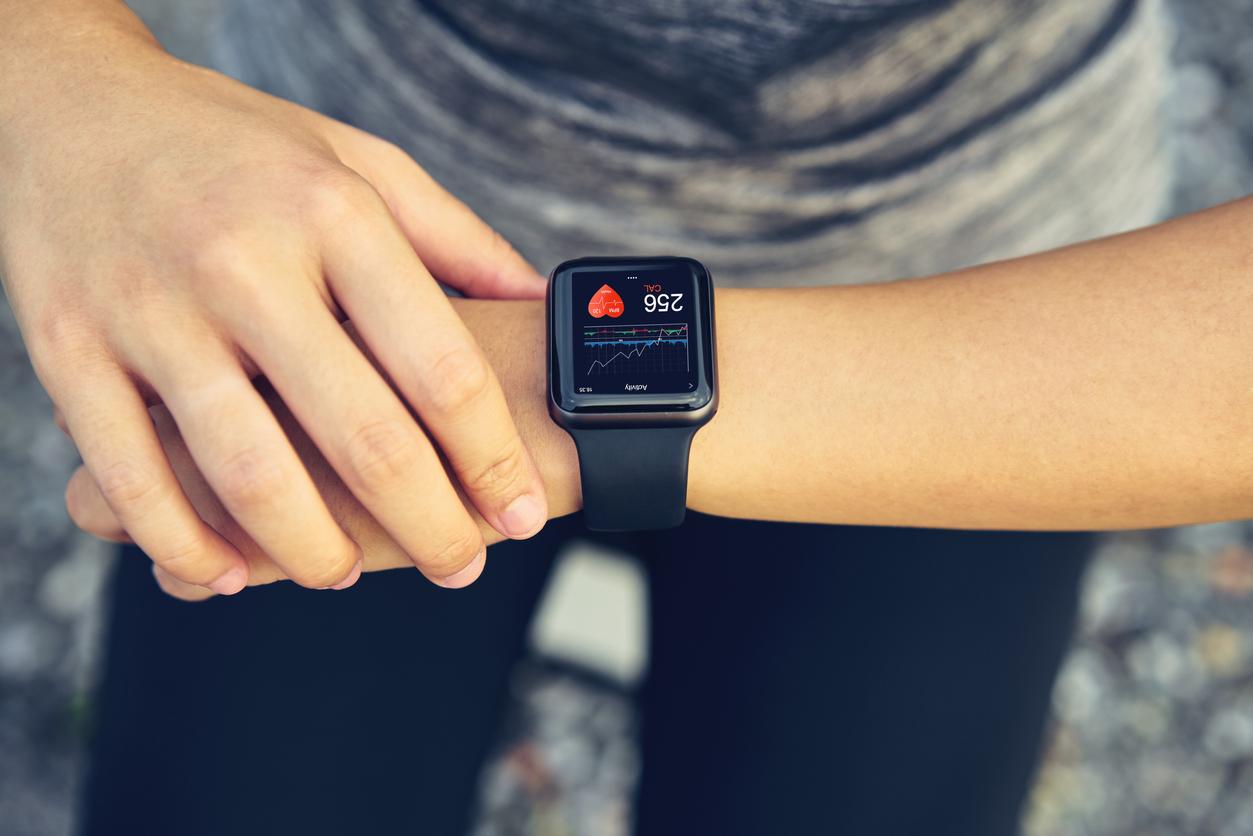Portable devices as well as connected watches could predict, in patients with chronic intestine inflammatory diseases (IBD), thrusts up to 7 weeks before they appear.

- The IMBs evolve by inflammatory thrusts, which are characterized by abdominal pain, frequent diarrhea or even involvement of the anal region (crack, abscesses).
- Portable devices such as connected watches can predict the thrusts of MICI patients up to 7 weeks before the symptoms.
- This prediction is based on the analysis of four parameters: heart rate, variability of heart rate, oxygenation and daily activity.
“”Current monitoring methods [des maladies inflammatoires chroniques de l’intestin (MICI)] Rest on the direct interaction of patients with their doctor, either by visits to the office, blood or stool analyzes, or by undergoing colonoscopyexplains Robert Hirten, first author of a study published in the review Gastroenterology. These methods evaluate the disease at a given time and can often be invasive or improper”. To lighten the daily life of the sick, Robert Hirten and his team worked on a simpler method: connected devices, such as watches.
Connected watches to monitor patients with MICI
IBDs evolve by inflammatory thrusts, the duration and frequency of which depend on each patient. These are generally characterized by abdominal pain, frequent diarrhea – sometimes bloody – or even damage to the anal region (crack, abscesses).
Scientists have therefore analyzed the parameters that can predict these thrusts. They found four: Lat heart rate; Lhas Variability of heart ratethat is to say the variation in time between two heartbeat; Le oxygen rate in the blood; L‘Daily activity. LThe scientists have discovered a variability of these parameters in patients with MICI. They changed when they were in the period of inflammatory thrust.
“” “Our study shows that commonly used portable devices such as watches [connectées] can be effective tools to monitor chronic inflammatory diseases such as MICIcontinues Robert Hirten. It is a remote monitoring option of the disease, apart from the framework of health care, continuously and potentially in real time”.
To measure the effectiveness of these devices to predict inflammatory thrusts, the researchers equipped more than 300 participants with Crohn’s disease and hemorrhagic rectocolite of connected devices. These two MICIs are characterized, according to The National Institute of Health and Medical Research (Inserm), by “inflammation of the wall of part of the digestive tract, due to a deregulation of the immune system”.
Predict thrusts up to seven weeks before symptoms
Participants had to answer questionnaires on the symptoms they felt and make blood and stools on a daily basis. Results: Thanks to the connected devices (which measured the four parameters fixed by the researchers), the thrusts could be anticipated up to seven weeks before the first symptoms.
“” “These results open the way to the exploitation of portable technology for health surveillance and innovative diseases, which we had not considered before, concludes Robert Hirten. We hope that in the future, this approach will considerably improve the quality of life of our patients”.
About 15 % of IBD patients have severe crises, the intensity of which can lead to hospitalization, infusion treatment and diet stop for several days.

















